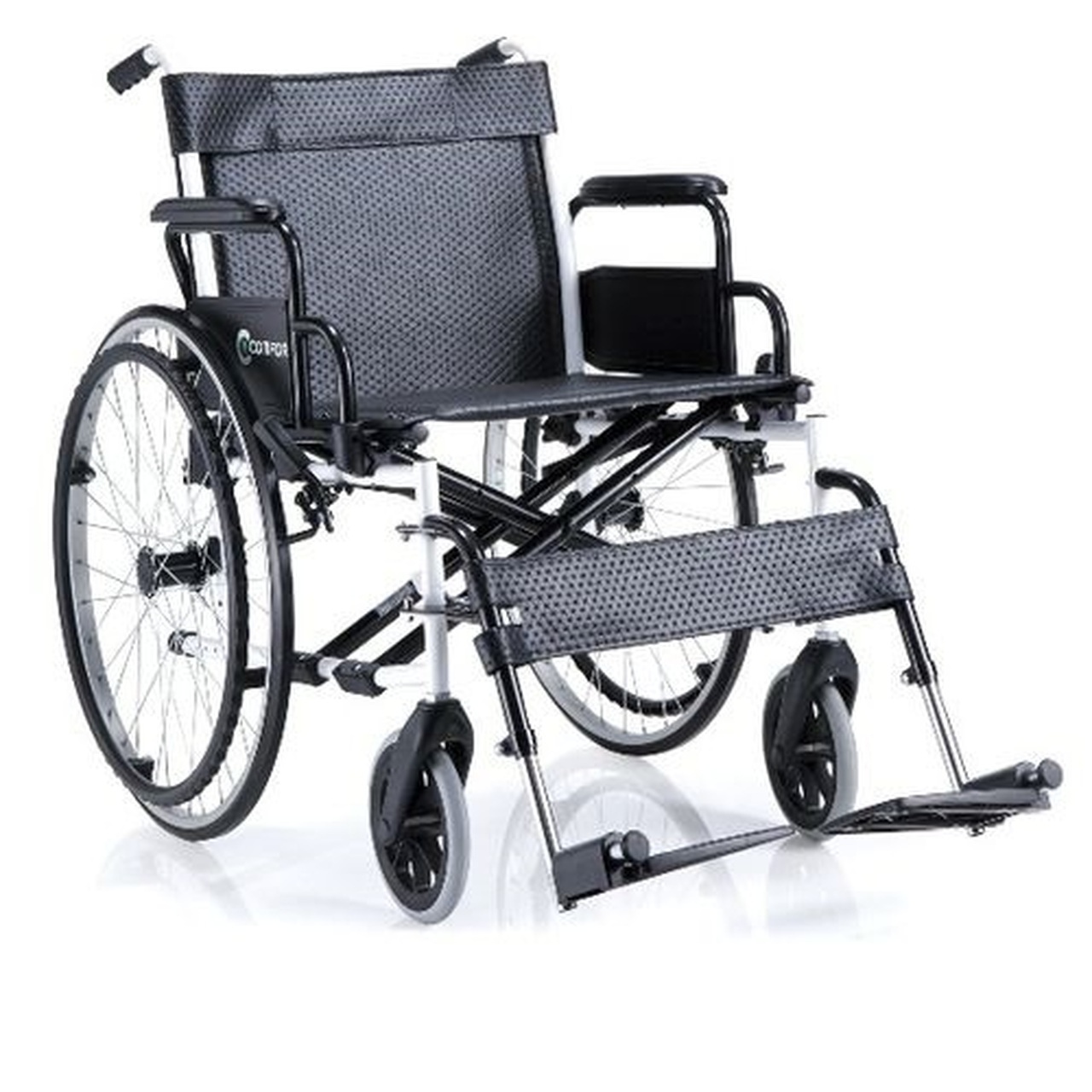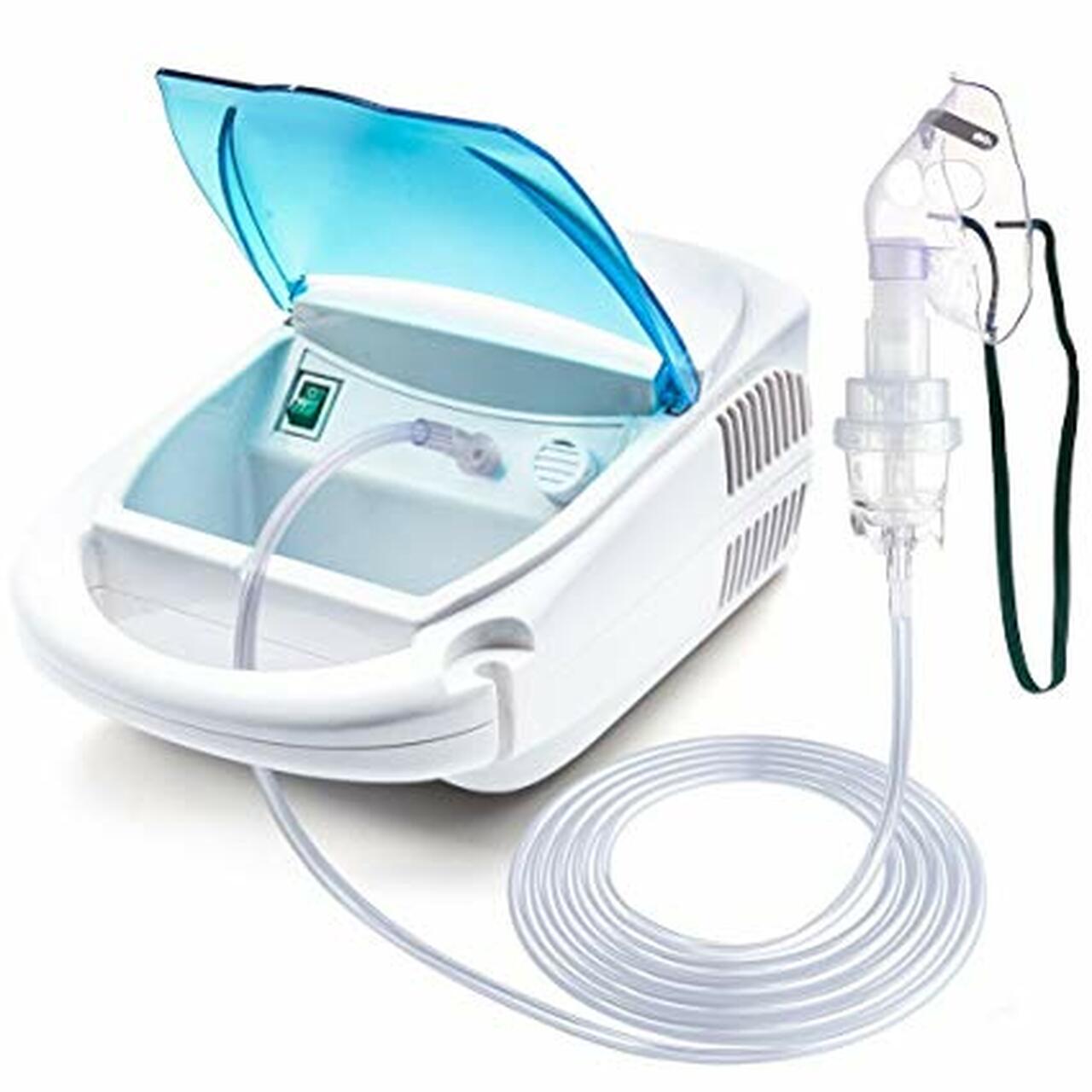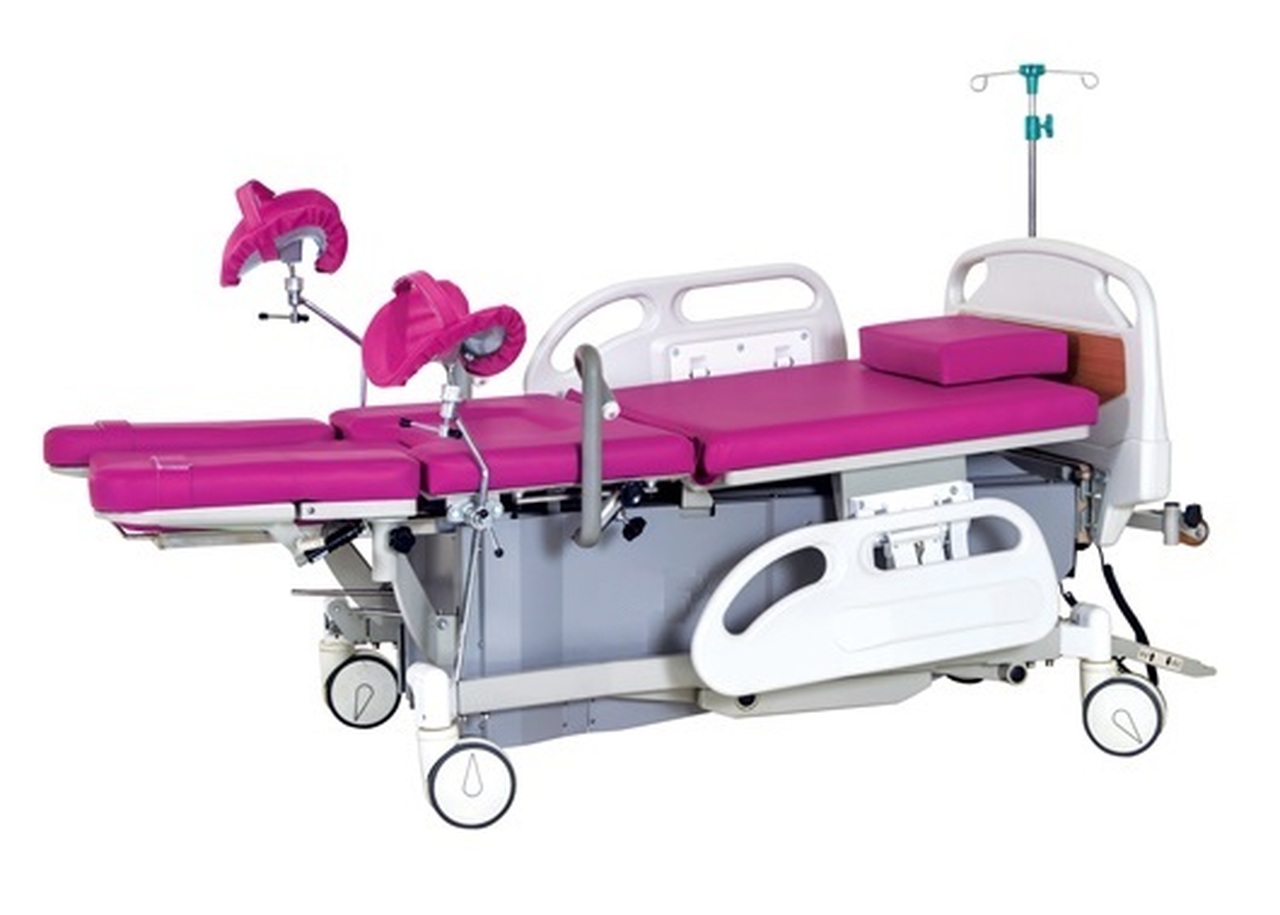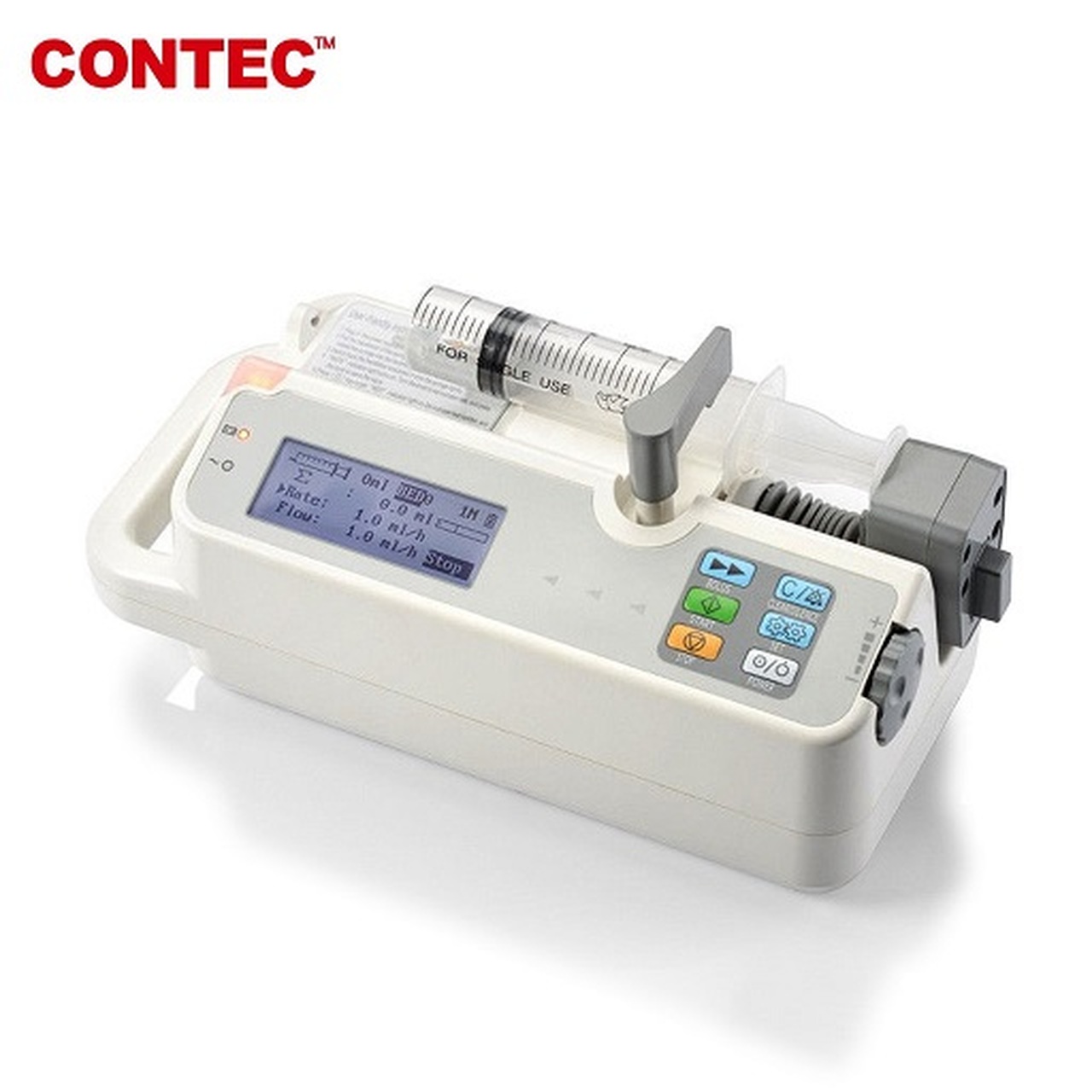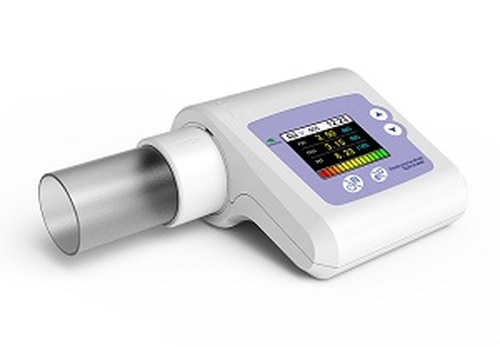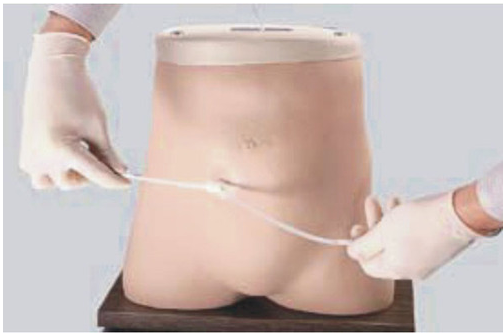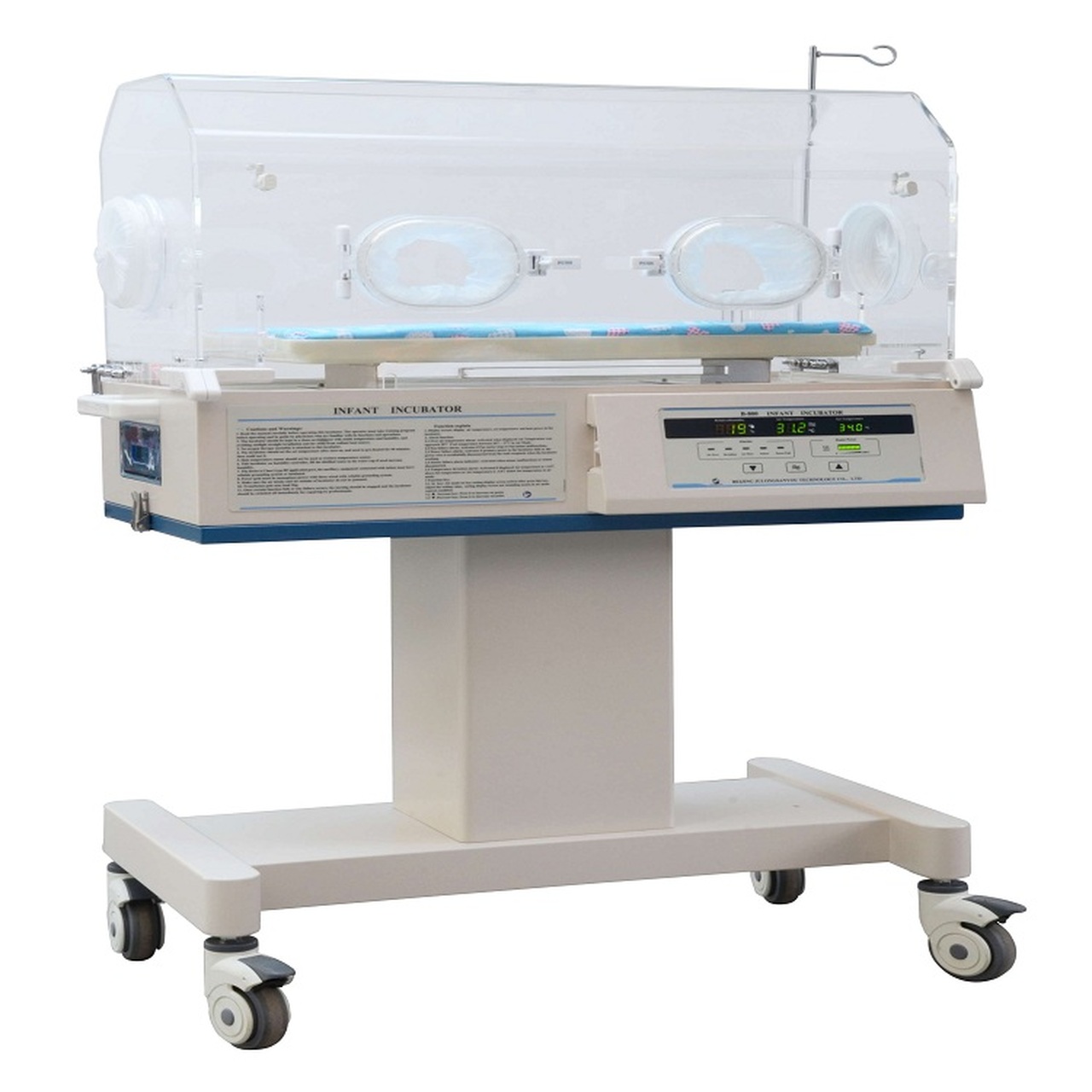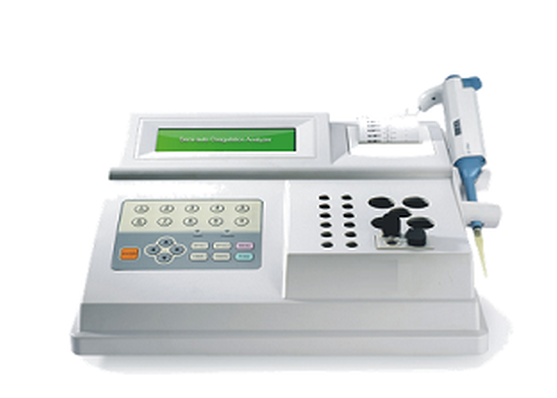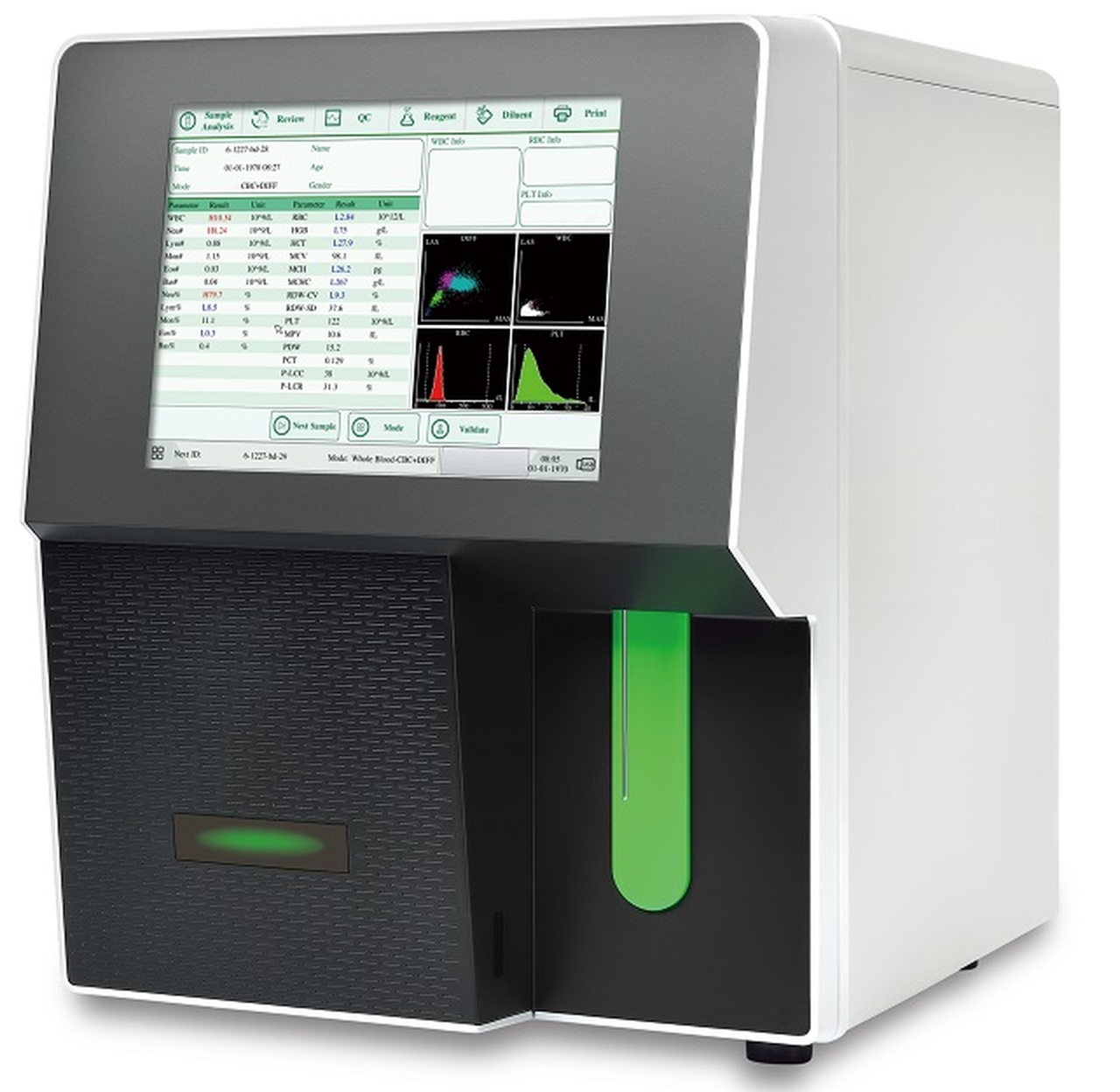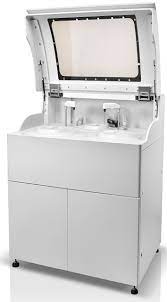Different types of important medical equipment
The alarming need for medical equipment following the 2009 Covid virus epidemic outbreak made many people to seek the desire of having a better understanding of what types of medical devices are available for emergency use and which help to benefit their lives in different ways. Medical devices are a much more diverse group of products compared to drugs. Some medical devices never come into direct contact with patients, others may just interact with them briefly, and still, others will be used for the entire duration of their lifespan.
There are roughly 1,700 different types of health care products and over 50,000 separate items in the marketplace today. Research on how to design a disposable needle is different from research on how to invent a CT scanner. In fact, there is an overwhelming spectrum of companies who invent and develop medical devices than is the case with drugs! Within the medical field, there are many different types of equipment. Each piece serves a specific purpose and helps with a certain type of treatment.
Let's take a look at some particularly popular pieces of medical equipment. As medical technology advances, there will be more types of medical equipment to choose from. This is a great news for patients who will have the opportunity to receive quality medical care and assistance from highly trained surgeons who utilize the latest in advanced medical procedures.
Diagnostic Equipment
Diagnostic devices are devices used to find the nature or cause of a certain phenomenon, usually related to a medical condition. Examples of diagnostic devices are magnetic resonance imaging apparatuses, temperature sensors, or pacemakers. The diagnostic test is performed based on the symptoms, and the appropriate tool is used to evaluate the patient internally. It is also used when doctor or technician are searching for the source of an aberration in the infected body organs or parts that is causing the symptoms to be visible. The most common types of diagnostic equipment you're likely to encounter when dealing with laboratories or medical clinics include;
- Medical imaging machines – Medical imaging, in a nutshell, is the use of diagrams and models to help medical professionals gain a visual perspective on issues that arise within their patients' bodies. It appears when X-rays are taken of broken bones, or CT scans are done to check for signs of cancer in organs as just two examples out of many. The visual image that is produced by the equipment is used for clinical analysis and medical intervention. There are different medical imaging equipment, comprising radiography (X-ray machine), computed tomography (CT scan), magnetic resonance imaging (MRI scan), ultrasound, and echocardiography.
- Aside from medical imaging machines, other medical devices are used to diagnose patients; some examples include patient scales, stethoscopes, dopplers, and pulse oximetry.
Major diagnostics centers in Nigeria include centers like the Rovich diagnostics center in Awka Anambra state boasts of having one of the most equipped and broadly used.
Durable Medical Equipment (DME)
The DME is mostly used for providing therapeutic benefits for some specific conditions or illnesses which must be prescribed by a physician. Durable medical equipment is an extended and reusable device that can be used in the hospital or at home for patient care. There are varieties of durable medical equipment, which include;
- Manual wheelchairs or electric wheelchairs
- Breast pumps
- Nebulizers
- Patient Lifts
- Hospital beds
- Bili lights and blankets
- Kidney machines
- Canes, Walkers, crutches, canes (or any similar type of mobility assistive equipment)
- Traction equipment
- Stationary or portable oxygen tanks
- Insulin pumps
- Oxygen Concentrators Ventilators
- Pressure mattresses
The durable medical equipment has undergone a series of tests and is assured of quality which should be used multiple times without disposal; they are also specially designed to provide optimum aid for the safety and wellness of the patients for a longer duration. The features of the durable medical equipment include non-slip and load-bearing strength, and the cost of purchasing one is usually covered by health insurance plans.
Treatment Equipment
These types of devices are usually designed to treat a specific medical condition. This utilizes modern technology to address any aberration in the affected organs or tissues within the body and restores their function. This can also include the surgical supplies used to provide patients with solutions for certain conditions that require surgical intervention.
The examples of treatment equipment include the following;
- Medical Lasers – The laser is one of the most important technologies when it comes to the medical industry. They were initially used for only eye surgery and were later on used in dermatology as well. The use of lasers today has been expanded to be used in treating various diseases and even for aesthetic purposes. They emit a wavelength of electromagnetic radiation for clinical applications, and these wavelengths vary when it comes to pulse duration and energy level, which are to be regulated by the attending physician during the treatment.
The treatment equipment is also used for surgical procedures, which include;
- Surgical gloves, caps, gowns, and glasses (especially for the operation team)
- drapes and Gauze (for patients)
Life Support Equipment
This type of medical equipment is used to maintain the bodily function of a patient. it will be hard for the patient's organ or systems to function on their own with without life support, and there are a variety of life support machines in the medical field today, which includes;
- Heart-lung Machines – These are referred to as the cardiopulmonary bypass (CB) devices that temporarily function as the lungs or heart of a patient during surgery. Furthermore, it supports the adequate circulation of blood and oxygen throughout the patient's body. This is a form of extracorporeal circulation, in which a hollow pump is directly connected to the vein(s) or artery(s) (arterial or venous, respectively).
Dialysis Machine – The process of dialysis is the method used in the removal of excess solutes or toxins from the blood. This machine is used on people whose kidneys have been damaged and are incapable of performing their functions. The dialysis process is a renal replacement therapy for a patient with malfunctions.
- Incubators – It is a medical apparatus used for neonatal intensive care and designed to clone the environmental conditions thats suitable for newborn babies to develop. These are often used in conjunction with a few other medical tools such as an oxygen hood and ventilator.
Medical Laboratory Equipment
These are specific types of lab equipment called medical laboratory devices used in all types of medical clinics or diagnostic laboratories specifically intended for the analysis of urine, blood, genes, and other related biological material.
Here are the examples of medical laboratory equipment
- Drug testing analyzers
- Coagulation analyzers
- Hematology analyzers
- Urinalysis analyzers
- Microbiological system
- Blood gas analyzers
- Chemistry analyzers
- Blood collection supplies
- Electrolyte analyzers
- Differential counters
How to Maintain Medical Equipment

Equipment maintenance involves all activities relating to providing an adequate level of service and limiting down time of medical devices in the facility. Traditionally, equipment maintenance is categorized as preventive maintenance and corrective maintenance.
Preventive maintenance (PM) is a scheduled event. PMs are scheduled according to the risk ranking of the particular medical device. Risk ranking is a unitless number derived from a formula that incorporates two factors: (1) relative maintenance frequency and (2) the effect on patient care if the device fails. Another duty associated with the responsibility of equipment maintenance is incoming inspection. All equipment entering a medical facility must be inspected prior to use. The inspection procedure should include performance and safety tests.
The following are the basic maintenance tips to extending lifespan of medical devices.
1. Train and retain staffs
This step is very important, training of medical staffs on how to properly maintain their devices is very key .For instance some devices are never to be dropped close to metals or on the floor, while some are to be cleaned or sterilized and returned to their various cases/boxes after use. An untrained staff could cause a breakdown of a device if he/she does not know how to use it or mishandles it.
2. Carrying out daily routine check
Routine checks on all devices are necessary in maintaining the device and also extending its life span. This tips helps in noting when the device starts malfunctioning or having possible issues before developing faults. Daily check helps to ensure the device is in good condition before it is been used for the day’s activities.
3. Replace Reagents and lubricants
Some medical devices require reagents, lubricants and other consumables inserted or filled up on a regular basis for them to function properly. Reagents and other consumables in this content serve to deliver outcomes from diagnostic equipment, while lubricants reduce friction around any moving parts. A schedule properly followed in lubricating and replacing reagent and consumables can extend the life span of the device.
4. Maintain a clean work environment and keep devices clean
Clean environment cannot be over emphasized in ensuring that your medical device lasts as long as it should. Avoid food, fluids and flammable substance in your work space, so they don’t get in contact with your devices. Ensure that all your medical devices are kept clean and tidy after use, make sure sample containers are washed and dried properly and used consumables are properly disposed of.
5. Turn off devices when not in use
This is very vital, turning off a medical device when it is not in use not only helps your facility conserve power, but also helps to increase the life span of the device. This point also helps preventing overheating as well as damages from power supply.
6. Sterilize and Disinfect devices
Some devices have been said to have a false reading and major reason of this is due to dirty on exposed surfaces of the devices. Always ensure to properly sterilize or disinfect medical devices after use, this can prevent taking false readings or diagnosis and also the spread of diseases.
Using the basic maintenance tips, it will not only extend the life span of the devices but also improves patient’s satisfaction and outcome. If you have any questions or concerns about Maintenance Tips for Medical device Equipment, you can always Contact us for support.
The world health organization also listed the various specification of medical equipment all health centers and hospitals should have. Contact us for all your medical equipment supplies in Nigeria.
Frequently Asked Questions
Q1 What are the two types of medical equipment?
Although there are many different kinds of medical supplies and equipment, the primary categories are: acute care, durable medical equipment (DME), diagnostic, surgical, electronic, and storage and transport.
Q2 What is the most common home medical equipment?
They are made to last for a long time, are reusable, and robust. Wheelchairs, stretchers, pressure mattresses, walkers, insulin pumps, oxygen tanks, nebulizers, and other assistance devices are among the most frequently used equipment listed here.
Q3 What is the most used medical tool?
The audiometer. It's a frequently used tool by doctors to keep an eye on your health, but what is it and why is it so crucial? Discover more as Dr. Talya Spivack outlines the significant role of this amazing tool.
Related Articles
Top 10 Marine Supplies Every Boat Owner in Nigeria Needs
Safety Equipment in Nigeria 2023 Reviews
Recent Posts
-
Press Release: Same Great Lube, Less Waste: Lubemax 50:50 makes the Switch to Sustainable Packaging
In a move towards environmental responsibility, Epoxy Oilserv Nigeria Limited is proud to announce t …Apr 23, 2024 -
Top 8 Generators Recommended by Professionals in Nigeria (Reviews)
Generators can keep your home or business running with your essential equipment until the power is b …Apr 23, 2024 -
Transformer Safety: Preventing and Managing Common Hazards
Transformers are critical components in the electrical distribution system, handling high volt …Apr 23, 2024


